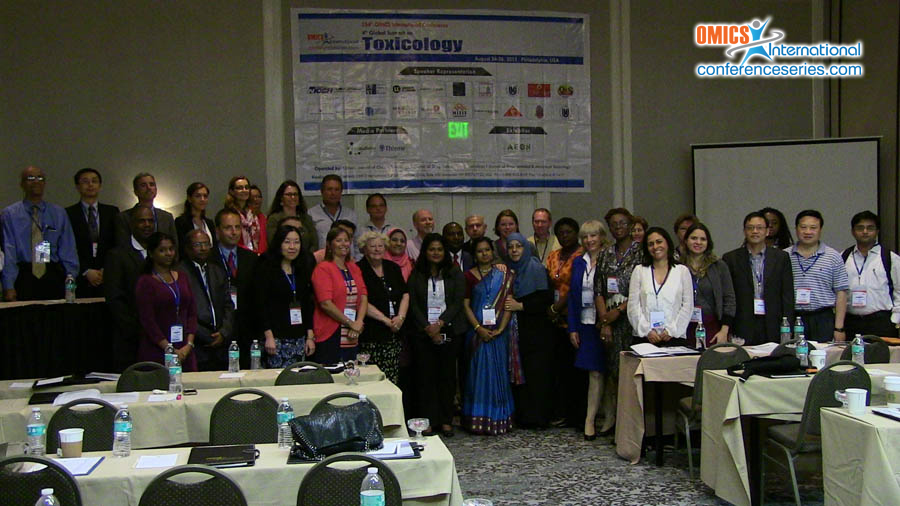
PatrÃcia Pereira
Aveiro University, Portugal
Title: Mercury toxicity in fish eyes disclosed by oxidative stress and acetyl cholinesterase profiles: Insights to neurosensory toxicology
Biography
Biography: PatrÃcia Pereira
Abstract
Eyes have a central role in the perception of the surrounding medium and in maintaining organisms’ homeostasis. Mercury (Hg) (including methylmercury - MeHg) is a ubiquitous contaminant of natural waters and a potent neurotoxicant that affects visual functions but few studies concerning to wild fish are available. This study contributes to fill this knowledge gap by the evaluation of Hg accumulation in the eye wall of wild grey mullet (Liza aurata) together with the assessment of biochemical endpoints related with the oxidative stress status and neurotransmission. This approach was complemented by the characterization of environmental contamination profiles (both in water and sediment). Sampling was conducted in two sites of a Portuguese coastal lagoon (Aveiro lagoon): (i) Largo do Laranjo (LAR) located in an Hg contaminated confined area, and (ii) São Jacinto (SJ) closer to the lagoon inlet and selected as reference site. Winter and summer conditions were considered. Eye wall was analysed for total Hg (tHg) and methylmercury (MeHg) levels, as well as for antioxidant responses (CAT, SOD, GPx, GR, GST), peroxidative damage and acetylcholinesterase (AChE). Inorganic mercury levels (iHg) were estimated by the difference between tHg and MeHg levels. tHg, iHg and MeHg in eye wall were higher at LAR than SJ in winter and summer, reflecting environmental spatial differences of water column and surface sediments. Moreover, fish caught at LAR in winter showed a significant decrease of CAT and SOD, in line with the occurrence of peroxidative damage. A different spatial pattern was recorded for those biological endpoints in summer, being characterised by the increment of GR and GPx at LAR, eventually preventing the occurrence of lipid peroxidation. Additionally, AChE was enhanced at LAR in summer pointing out an interference with the cholinergic system. The PCA analysis allowed discerning a cause-effect relationship between accumulated iHg and MeHg with GPx and LPO, particularly at LAR. Current data pointed out the vulnerability of fish eyes to environmental contamination by Hg. This neurotoxicant can be accumulated in eye wall leading to alterations in the cellular protection against oxidative stress. Such repercussions could eventually compromise fish visual capacity.
Speaker Presentations
Speaker PPTs Click Here




